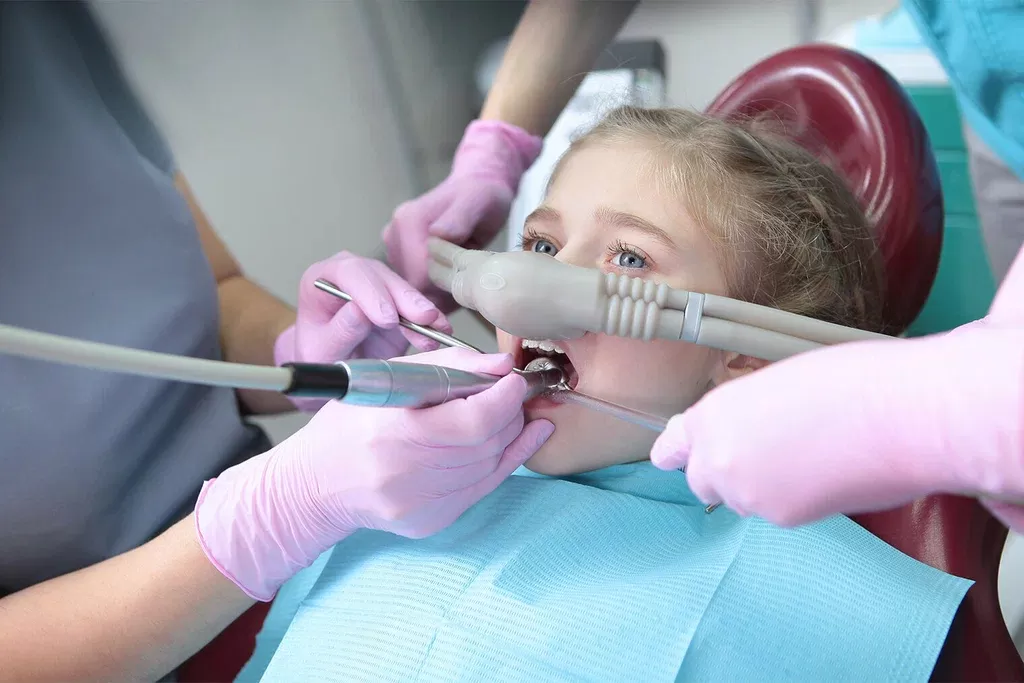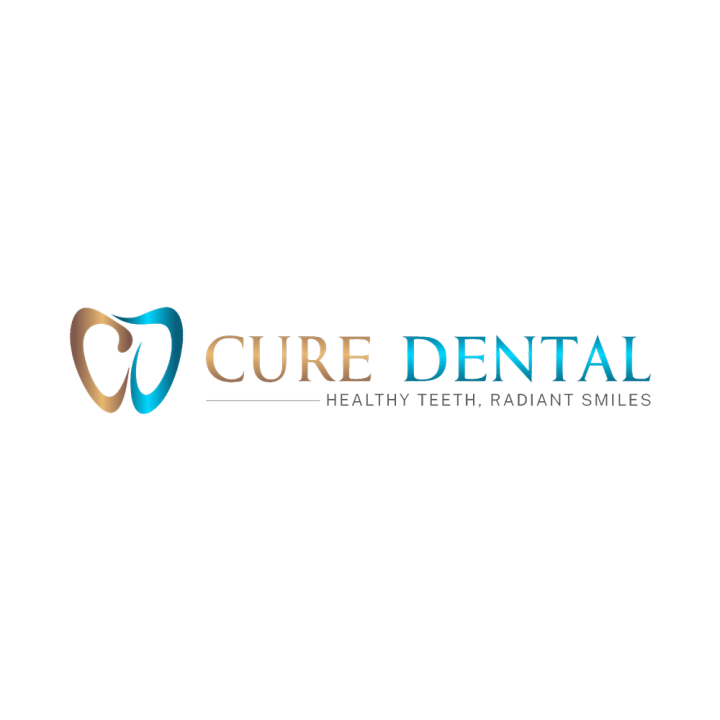Notifications

7 minutes, 29 seconds
-35 Views 0 Comments 0 Likes 0 Reviews

Dental visits can be an overwhelming experience for children, especially when treatments involve unfamiliar tools, sounds, and sensations. For some young patients, fear or anxiety may make it difficult to receive the dental care they need. In these situations, sedation dentistry can be a helpful and safe solution. Designed specifically to ease discomfort and stress, sedation methods allow dental procedures to be performed effectively while keeping children calm and comfortable.
At Cure Dental, we prioritize creating positive dental experiences for children and their families. For those searching for trusted Dentistry for children Belton parents can rely on, we offer tailored care that includes sedation options when necessary. Understanding when sedation dentistry is appropriate—and how safe it is—can help parents make informed decisions about their child’s oral health.
Sedation dentistry involves the use of medication to help patients relax during dental procedures. It is particularly useful for children who experience dental anxiety, have special needs, or require complex treatments that may take longer to complete. Depending on the child’s age, medical history, and level of anxiety, different types of sedation may be recommended.
The most common forms of pediatric sedation include nitrous oxide (laughing gas), oral sedation, and in certain cases, IV sedation or general anesthesia. Each method is administered under the guidance of trained professionals and is tailored to meet the individual needs of the child.
One of the most common concerns among parents is whether sedation dentistry is safe for children. The short answer is yes—when administered by experienced dental professionals in a properly monitored setting, sedation is considered both safe and effective.
At Cure Dental, safety is our top priority. Before recommending sedation, we conduct a thorough evaluation of your child’s medical history, age, weight, allergies, and current medications. We also work closely with parents to explain the process, answer questions, and ensure everyone feels comfortable and informed.
Sedation techniques are backed by years of research and are supported by organizations such as the American Academy of Pediatric Dentistry (AAPD). With the right precautions and a trained dental team, the risks associated with sedation are minimal and carefully managed.
Not every child requires sedation during dental visits, but in some cases, it becomes a valuable tool to ensure successful treatment. Sedation may be considered in the following situations:
Severe dental anxiety or phobia: Some children are extremely fearful of dental visits and cannot tolerate being in the chair for even simple procedures. Sedation helps reduce this fear and creates a more positive experience.
Very young patients: Toddlers and preschoolers may have difficulty sitting still for extended periods. Sedation can help them relax and remain calm during necessary dental work.
Children with special healthcare needs: Children with developmental, behavioral, or medical conditions may benefit from sedation to ensure their comfort and cooperation during treatment.
Extensive or complex procedures: For longer treatments or multiple procedures done in one visit, sedation allows the dentist to work efficiently while minimizing stress on the child.
Strong gag reflex: Sedation can help reduce involuntary movements and discomfort caused by an overactive gag reflex.
Nitrous oxide, commonly known as laughing gas, is the mildest form of sedation and is frequently used in pediatric dentistry. It’s administered through a small mask placed over the nose and helps children feel calm and relaxed. The effects wear off quickly after the mask is removed, allowing children to resume normal activities soon after the appointment.
Oral sedation involves giving the child a liquid or pill medication prior to the appointment. This method produces a deeper level of relaxation and is ideal for more anxious patients or slightly longer procedures.
IV sedation and general anesthesia are reserved for specific cases, such as extensive dental work or when other sedation methods are not effective. These are typically administered by licensed anesthesiologists in a hospital or surgical setting to ensure maximum safety.
Before sedation, our team at Cure Dental will provide detailed instructions about eating, drinking, and medication restrictions. On the day of the procedure, your child’s vital signs will be closely monitored throughout the appointment to ensure they remain stable and comfortable.
After sedation, your child may feel groggy or sleepy for a few hours. We recommend a calm, quiet rest period at home and limiting physical activity until they are fully alert again. Our staff will follow up with you after the procedure and are always available to address any post-appointment concerns.
At Cure Dental, we believe that every child deserves a positive and stress-free dental experience. Our experienced team provides compassionate, gentle care and is fully trained in pediatric sedation techniques to ensure your child’s comfort and safety.
For families in search of high-quality Dentistry for children Belton can count on, Cure Dental offers a reassuring environment, personalized treatment plans, and sedation options designed to meet your child’s specific needs. If you’re unsure whether sedation dentistry is right for your child, we invite you to schedule a consultation with our team. Together, we’ll find the best path to support your child’s oral health—comfortably and safely.

